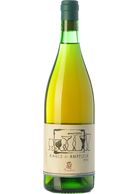Trebbiano
Trebbiano? If you've already started to turn your nose up, you'll soon have to think again. It's true: when you say "trebbiano" you immediately think of neutral white, of a large quantity, grown perhaps in old pergolas. In short, an anonymous wine, without longevity, good for blends and little more. The wine that comes from ugni blanc in France or airén in Spain. It is no coincidence that, considering them a single family, they are the most widespread white grape in the world. And, even less coincidentally, they are perfect for making brandy, a little less so for great wines.
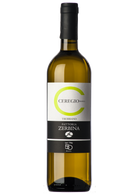
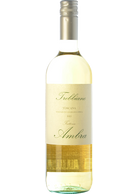
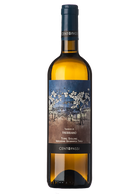


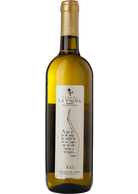
La Vigna Capriano d. Colle Trebbiano Torrazza 2016
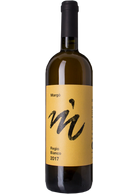
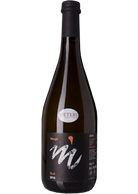
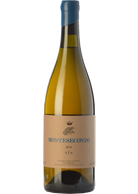
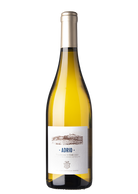
Orlandi Contucci Trebbiano d'Abruzzo Adrio 2020
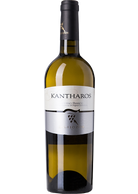
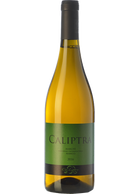

Trebbiano
Trebbiano? If you've already started to turn your nose up, you'll soon have to think again. It's true: when you say "trebbiano" you immediately think of neutral white, of a large quantity, grown perhaps in old pergolas. In short, an anonymous wine, without longevity, good for blends and little more. The wine that comes from ugni blanc in France or airén in Spain. It is no coincidence that, considering them a single family, they are the most widespread white grape in the world. And, even less coincidentally, they are perfect for making brandy, a little less so for great wines.
But. There's a "but" for everything. And here the "but" is that there are grapes around Italy that yes, they are called trebbiano. But only as a twist of fate. "Trebbiano", in fact, is nothing more than a generic etymological name. It derives from "ager trebulanum", i.e. the "contado di Trebula", an ancient Samnite city, therefore Campana, where the Roman patricians still had houses outside the city and from which, according to Pliny, excellent wines arrived. "Trebbiano", therefore, generically means "good wine from Campania", that's all. And this name, in a totally arbitrary way, was gradually assigned to very different grapes. Which, according to the locals, made good wine. Campano or not. White grapes, of course. But not all of them belong to the anonymous and impersonal paradigm of the less exciting Tuscan Trebbiani. If the name of a grape is its book cover, well, never as much as in this case... you can’t judge the book by its cover!
You cannot, therefore, speak of "trebbiano", but rather you must think of "trebbiani". And it's a thick jungle. To the point that many of the wines we love the most and that we consider belong the pantheon of good taste, well... they are really Trebbiano! Trebbiano is the Lugana: the turbiana, the grape used to make the greatest Lombard white wine, is a "Trebbiano di Lugana". The Soave, an extraordinary white from Veneto from volcanic soils, is the ideal companion of the Garganega. Spicy and mineral, of extraordinary longevity, in Umbria we have trebbiano spoletino. And then in the Abruzzo region, where the local Trebbiano is certainly one of the most impressive white wines in Italy, one of those that are now in their third decade of life. Are we forgetting someone? Certainly. What do they have in common? Only the name. And in fact the journey into the world of the Trebbiani will be extraordinary. Because, after all, it is the journey that gives new light to the great wines that we already love.
